
The Complete Guide to Identifying and Managing Gingivitis and Periodontal Disease in Dogs
Coming home to your dog after a long day is probably the best feeling in the world. His tail wags so fast that even his bottom gets a kick out of it!
You walk over to the couch. Your dog brings his toy to your feet, and he's so excited to see you that he's even panting as if he's been running around the block.
And there you feel it...
His breath, which just makes you want to run!
-
Click to learn more: 👉 Take care of your dog's GINGIVITIS with our Natural Product 🐶
You might think that bad breath in dogs is a common occurrence. All dogs have bad breath, right? Well, not quite.
Dental hygiene is just as important for our pets as it is for us. If breath gets a little too unpleasant (yours or Fido's), it could be a sign of deeper problems. Bad breath in dogs can be caused by gingivitis or periodontal disease.
The good news is that you can find solutions there!
-
SUGGESTED ARTICLE: 👉 Brushing teeth: how to do it with your pet?
What is gingivitis?
To summarize, gingivitis is an inflammation of the gums . It's the first sign of a problem in your dog's mouth. The later stages of gum disease are more serious, so it's best to identify and find solutions to intervene as soon as possible.
Plaque causes gingivitis. Plaque is that disgusting little thing you brush and floss out of your own mouth every morning and night. It's smooth, sticky, and colorless. It's easy to miss, which is why it's important to be strict about your dog's dental hygiene.
So we're also going to give you some tips to help you with this!
-
READ ALSO: 👉 Gingivitis in an animal
What does gingivitis look like in dogs?
 Gingivitis isn't very pleasant to look at, so why show it to you? Simply because by looking at pictures of gingivitis in dogs , you can identify if your own dog is suffering from gum disease.
Gingivitis isn't very pleasant to look at, so why show it to you? Simply because by looking at pictures of gingivitis in dogs , you can identify if your own dog is suffering from gum disease.
In the early stages of gingivitis, you may notice that your dog's gums are a little more swollen than usual. This inflammation is a sign that there is a latent problem. As the disease progresses, you will begin to notice more signs:
Symptoms of Gingivitis in Dogs
- Bad breath (halitosis)
- Swollen gums (edematous gums)
- Red gums (erythematous gums)
- Bleeding gums
- Tartar buildup
Why do dogs get gingivitis?
Dogs suffer from gingivitis for the same reason humans do: poor dental hygiene. It's normal for plaque to build up on a dog's teeth. That's why we need to get into the habit of brushing their teeth regularly. If you skip brushing, plaque produces toxins that can irritate your dog's gums and cause gingivitis.
In dogs, the main bacteria that cause gingivitis are Streptococcus and Actinomyces. Although small breeds are more likely to suffer from gingivitis, all dogs can suffer from gum disease.
In reality, what is harmful to a dog is when plaque builds up and hardens.
It's recommended to brush your dog's teeth because this plaque slowly turns into tartar. This increase in tartar on the surface of his teeth slowly migrates under the gums and then causes inflammation and discomfort.
We then speak of gingivitis.
What is periodontal disease and how does it develop in dogs?
When gingivitis becomes advanced, the gums eventually detach from the surface of the teeth due to the presence of tartar, creating a gap, a perfect breeding ground for bacteria. This is how your dog develops gum disease.
In later stages of this condition, other supporting structures of the teeth may be affected, and teeth may become loose, abscesses may form under the teeth, and supporting bones may even resorb.
The term “periodontal disease” or dental disease encompasses damage to all of these structures. It is therefore a more general term that includes gum disease and gingivitis.
By the age of 3, most dogs show signs of periodontal disease. If your dog is showing the first signs of gingivitis, you're not alone!
What does periodontal disease look like in dogs?
Periodontal disease is a disease that affects the supporting tissues of the teeth and creates a list of harmful consequences and affects the comfort of your dog.
Read on to see how it differs from gingivitis. If your dog has periodontal disease, they may experience some of the above symptoms of gingivitis, as well as the following.
Symptoms of Periodontal Disease in Dogs
- Difficulty chewing
- Reluctance to eat
- Excessive saliva
- Stained teeth
- Pus oozing from the gums (infection)
- Tooth loss
- Dental caries (although extremely rare and indirectly related to periodontal disease)
- Bone loss (invisible to the naked eye)
What are the differences between gingivitis and periodontal disease?
Periodontal disease is a possible consequence of undetected or untreated gingivitis.
Gingivitis is an inflammation of the gums caused by the presence of tartar and bacteria on the teeth and migrating under the gums.
If left untreated, it develops into periodontal disease, and the supporting structures of the teeth are affected. Bones begin to deteriorate, and teeth may become loose and tissues infected. It is divided into several stages, as follows:
Stages of Periodontal Disease in Dogs
Periodontal disease in dogs is divided into four different stages.
It is interesting to note that the veterinarian will note the stage of periodontal disease for each tooth. An incisor could be at stage I of the disease, while the premolar of the same dog could be at stage III.
Stage 1
Your dog may only have one tooth affected by this disease at this stage. He is suffering from mild gingivitis that does not cause any gum detachment. He is starting to have bad breath and you notice tartar on his teeth. This stage is reversible with action.
Stage 2
Stage II is characterized by more advanced gingivitis. There is a loss of attachment of the tooth to the bone of less than 25%. It is therefore not impossible for a tooth to be slightly mobile.
Tartar migrates under the gum, along the tooth root, and the gum begins to detach from the tooth. These spaces are called periodontal pockets. At this stage, these pockets are less than 5 mm.
You may also notice a slight receding of the gums.
Even at stage II, periodontal disease is irreversible. It is therefore important to treat it to prevent it from progressing further.
Stage 3
In stage III of periodontal disease, there is much more tartar present on the teeth. Tartar often accumulates more on the back teeth.
The alveolar bone (the bone that surrounds and supports the tooth) is further destroyed. This results in bone loss of between 25 and 50%. The teeth are therefore less firmly anchored.
The gums are badly damaged and the breath is unbearable. It is even possible to see the junction of the roots because the gum has resorbed so much.
Stage 4
At this stage, there is a detachment of the tooth from the bone of more than 50%. Periodontal disease is at a so-called severe stage. The affected teeth are loose, the furcation of the roots is visible, and the dog is definitely in pain.
One of the major dangers associated with this condition is caused by bone loss in the upper jaw. This can create a connection with the nasal cavities and complicate treatment, as an infection can migrate there.
A retrobulbar abscess is also possible, while a dental abscess can spread behind an eye and therefore require more complex surgery.
Are gingivitis and periodontal disease reversible in dogs?
In the early stages of gum disease, it's still possible to reverse the damage, even naturally at home. If your dog only shows signs of inflammation and redness, it's possible to get rid of the disease. But when bone and connective tissue are involved, the damage is irreversible and can cause permanent damage to the dog's teeth and jaw.
Read on to learn more about natural products for your dog's gingivitis and even periodontal disease.
Cleaning dog teeth at the vet
A dental cleaning at the vet begins with an oral exam. During this initial visit, the doctor or dentist will get a general idea of your pet's condition and offer advice. This is the time to ask questions about your dog's health and treatment plan.
The cost of dental cleaning for your dog
Professional dental cleanings can provide lasting and effective relief from gingivitis in dogs and halt the progression of periodontal disease, but they come at a cost. For one thing, there's a significant financial cost. The average cost for cleaning your dog's teeth is $292 (€257), not including the cost of anesthesia.
However, once a certain stage of periodontal disease has been reached, scaling is necessary to treat your dog's gums. The tartar is then removed, which is impossible to do with a toothbrush.
Cleaning under anesthesia
Anesthesia is also an aspect of professional cleanings that gives pet owners pause. Whether the patient is human or canine, there are always risks associated with anesthesia.
One in 100,000 pets will have a reaction to anesthesia. These reactions can range from mild to severe. The worst possible reactions are anaphylactic shock and death. Although rare, the possibility of death during a dental cleaning is enough to scare many pet owners.
The veterinarian's examination under anesthesia is also much more comprehensive. In addition, dental X-rays provide the doctor with a wealth of information about whether there is a dental abscess or bone loss, which could require extractions to relieve your pet's pain.
Anesthesia allows the veterinarian to safely perform the cleaning.
The cost and controlled risk of anesthesia are therefore often worth it, while the benefits related to cleaning are much greater.
If you're concerned about the cost or risk associated with anesthesia, you also have other options. There are natural ways to manage gingivitis at home if you catch them early.
How to take care of your dog before it develops gingivitis or periodontal disease?
So, gingivitis is clearly very bad for your dog and can lead to periodontal disease. If your pet shows no signs, there is still time to prevent rather than cure. If your dog shows early signs, it is still possible to reverse gingivitis.
And even if your pet has developed advanced gum disease, these prevention tips will help your dog maintain the best possible dental health for the rest of his life.
Regular tooth brushing
Did you know that it only takes 36 hours for plaque to turn into gingivitis, causing tartar ? Too many dog owners make the mistake of underbrushing their pet's teeth.
Dogs can suffer from plaque just as easily as we do, so it's important to get into the habit of brushing their teeth. Brush your dog's teeth every day if possible. This is the best thing to do. Every other day is also a good option.
If you can't stick to this kind of schedule for brushing your dog's teeth, once a week is always better than nothing (or once a month).
And if you're really struggling to make time to brush your dog's teeth, do you really think you have the time to be a responsible owner? It might be time to rethink your schedule and change some things to make room for your dog.
Imagine not brushing your teeth for ten years! Nothing worse. Do your dog a favor and give him good dental care.
If your dog isn't a fan of brushing, there are small cleaning wipes you can wrap around your fingers that can make the job easier. Otherwise, get yourself a good beef-flavored dog toothpaste!
By the way, it is important not to brush your dog's teeth with your own toothpaste, as it is not suitable for them.
Dry dog food
Forget everything you've ever heard. Dry dog food will help remove some plaque between brushings, but it's not enough to permanently rid your pet's teeth of plaque.
Bottom line: Buy dry kibble, but don't rely on this type of food to skip brushing your teeth. Also, remember that nutrition is key.
You know junk food is bad for your teeth, right? Well, it's just as bad for your dog's beautiful teeth.
Avoid dog foods with wheat, corn, and fillers, and opt for ingredients that meet your dog's daily nutritional profile.
Chew toys
Just like dry kibble helps remove plaque from your dog's teeth, hard chew toys can help clean your dog's teeth.
Choose rawhide chew toys or harder rubber toys to create friction between the toy and plaque.
These types of toys will also keep your dog chewing for longer, increasing the likelihood of removing plaque.
Dental treats
You may have seen these green dog treats at your local pet store. Your veterinarian may even have recommended them. They promise to keep your pet's mouth healthy thanks to their unique shape and combination of ingredients.
Their shape allows your pet to chew them for longer, as pieces are less likely to crumble.
These treats also contain breath freshening agents that may help mask minor halitosis, but will have no effect on gingivitis.
Bottom line: These treats can help remove plaque, but they work best when combined with regular brushing and other healthy habits.
Probiotic Mouthwash
Mix one capsule of a probiotic supplement (for dogs or humans) with one tablespoon of coconut milk or kefir.
This solution helps fight off gingivitis by attacking the bacteria that cause the disease from the inside.
It works in much the same way as homeopathy, in that it focuses on the dog's overall well-being instead of just focusing on the symptoms.
How to naturally treat gingivitis in dogs at home?
Home remedies for gingivitis in dogs are popular, but it's important to note that it's easier to soothe a mild case than a more advanced one. Therefore, be sure to regularly check your dog's mouth for signs of gum disease.
Homeopathic products
Homeopathic products have been used for centuries on dogs and humans to help restore their overall health and well-being. And that's exactly how they work to provide long-lasting management of gingivitis in dogs .
At HomeoAnimo ™ , we start by learning about the pet's overall health, and recommend a personalized solution to support them in all aspects of the condition.
In the case of gingivitis, this will likely include a product formulated specifically for tartar in your dog's mouth . Tartar that has built up may be impossible to remove with brushing alone.
Our products use natural ingredients to dissolve this buildup, reversing gum disease.
-
Click to learn more: 👉 Managing your dog's GINGIVITIS Naturally 🐶
Chlorhexidine Mouthwash
Chlorhexidine is a disinfectant and antiseptic. It is often used to sterilize surgical instruments, but you can also use it as a mouthwash for gingivitis.
Chlorhexidine works by binding to oral tissues and tooth surfaces. Over time, it is released into the oral cavity.
It is safe for pets, but most dogs do not like its taste, and it can cause tooth staining after a few days of use.
Buy a 0.2% mouthwash and squirt a small amount inside each cheek once or twice a day.
You can buy chlorhexidine at most pet stores. If you can't find it in your area, ask your veterinarian.
Aloe vera and peroxide
Simply combine one part aloe vera gel with one part 3% hydrogen peroxide and apply a small amount to gauze or a cotton swab to rub the dog's teeth.
Hydrogen peroxide is an antibacterial and antiseptic ingredient that can help reduce plaque.
Aloe vera, on the other hand, can soothe damaged gums affected by gingivitis . If possible, apply the solution before bedtime, when your dog has finished eating for the day.
Do this every night for one to two weeks, and you may notice that it's possible to scrape off large pieces of plaque from your dog's teeth.
How to manage periodontal disease in dogs?
If the veterinarian examines your dog and finds that it has advanced gum disease, you may want to take more drastic action. This may include tooth extraction and cleaning. Whether or not you should visit the vet is up to you.
Your veterinarian should inform you that there are different stages of gum disease and let you know where your dog falls between Stage I and Stage IV, as we discussed earlier. In Stages I and II, many pet owners opt for a home solution. In Stages III and IV, most veterinarians recommend extractions and possibly even gum surgery to prevent the disease from spreading.
With extractions, your dog will receive a professional cleaning. What happens then is almost identical to what happens when you go to the dentist. The main difference is that dogs require anesthesia to undergo the procedure. Indeed, even the most well-behaved dogs rebel during dental procedures.
The veterinarian or veterinary dentist will administer canine anesthesia to your dog intravenously (for short procedures) or through a tube down the trachea (for longer procedures).
Your dog will need to take antibiotics for 1 to 3 weeks after surgery. What if gingivitis in dogs isn't treated promptly ?
Home remedies used for dog periodontal disease
Tartar must be removed or the gums will never heal completely. You can review our previous section on cleaning your dog's teeth for more details.
That said, when dealing with the early stages of the disease, managing gingivitis is a smart strategy. You can therefore consult the tips mentioned earlier to support your dog while dealing with gingivitis. The best way to manage periodontal disease is to prevent it from getting worse.
Our natural GINGIVITIS - Platinum Formula product is a good tool to have on hand at home if your dog starts to develop tartar, red and sensitive gums, and bad breath. It is very popular in cases of early periodontal disease and is easy to administer.
-
Click to learn more: 👉 Managing your dog's PERIODONTAL DISEASE Naturally 🐶
Chlorhexidine mouthwash, Stomadhex patches, and a homemade aloe vera and peroxide mixture are also great products to help you manage your dog's periodontal disease from home.
These natural solutions can slow the progression of the disease and help your dog regain control of their oral health after a scaling or even help them manage their symptoms before their visit to the vet.
When should I take my pet to the vet?
Taking your pet to the vet is always a big decision. Not only is it time-consuming, but you can also end up with tons of procedures, tests, and medications you hadn't planned for. But what if you're sure your pet has gum disease?
In this case, a visit to the veterinarian is never a bad idea. In most cases, they will examine your teeth and likely recommend a professional cleaning. This may or may not be within your budget and address your concerns, but it could be helpful.
If you see any lumps, bumps, inflamed or bleeding gums, stains, or damaged teeth, it's time to have your dog checked. What if the vet says my dog has advanced gum disease?
If your dog has a thick layer of tartar on his teeth, there's a good chance he also has periodontal disease.
What happens if a dog's gingivitis or periodontal disease is left untreated?
This is where it gets scary. If you've read this far and think you have time, that this is a problem you can deal with later, then keep reading...
If you don't address your dog's plaque and mineral deposits, they can lead to gingivitis. Your dog could then suffer from periodontal disease and even lose its teeth.
And much worse...
According to the Banfield Applied Research and Knowledge (BARK) team, pets with gum disease are more likely to develop heart disease and other forms of organ damage. Does this connection seem too far-fetched? Keep in mind that bacteria from the mouth enter the bloodstream. Once in the blood, the bacteria can adhere to the arteries around the heart.
What you can do now
Your decisions from here depend on your dog's age and current oral health. If you recently brought home a puppy, let this information remind you of the importance of good oral health. Brush your puppy's teeth as if they were your own.
If your dog is older and showing warning signs of gingivitis (such as inflamed gums), scroll down to the sections on prevention and home care.
If you notice more advanced signs of gum disease , such as bleeding gums or receding gums, consider taking your dog to the vet for an exam. Your dog may have significant cavities in their teeth that need to be removed.
At HomeoAnimo ™ , we consider the pet's health as a whole instead of focusing on a single symptom. So, no matter what stage of the disease your dog is in, we will recommend good oral hygiene and nutrition. Homeopathy can also help restore or maintain your pet's health, including oral health. If you are interested in a personalized formula, contact us so we can learn more about your dog's needs.



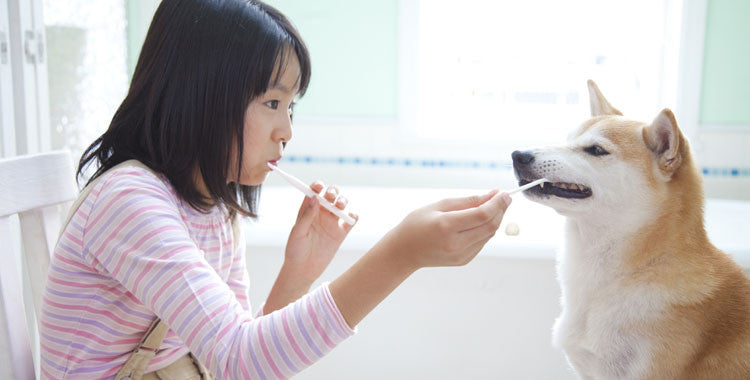


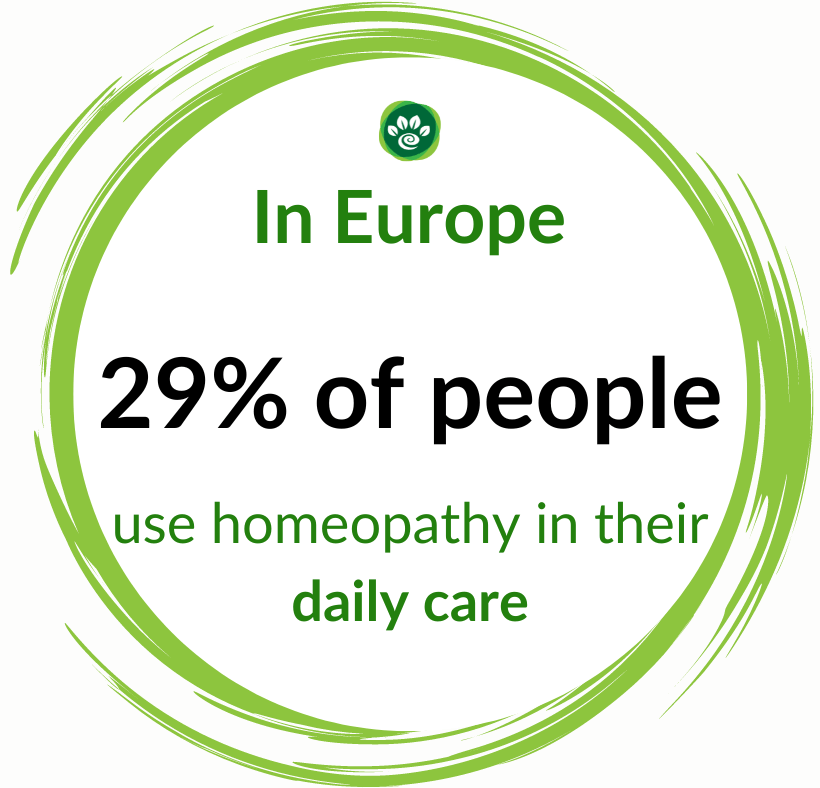
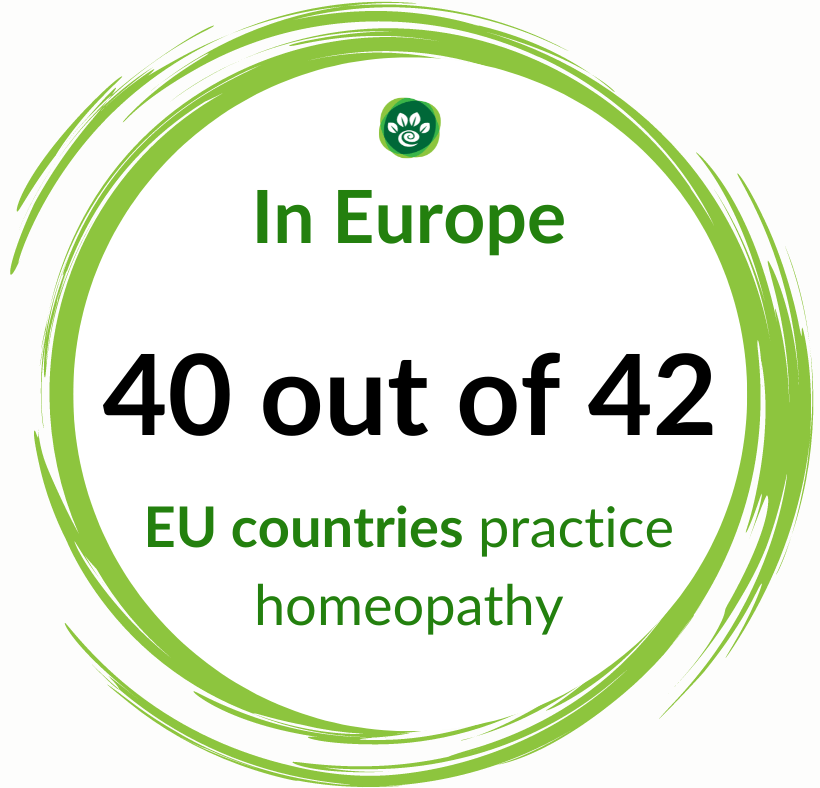
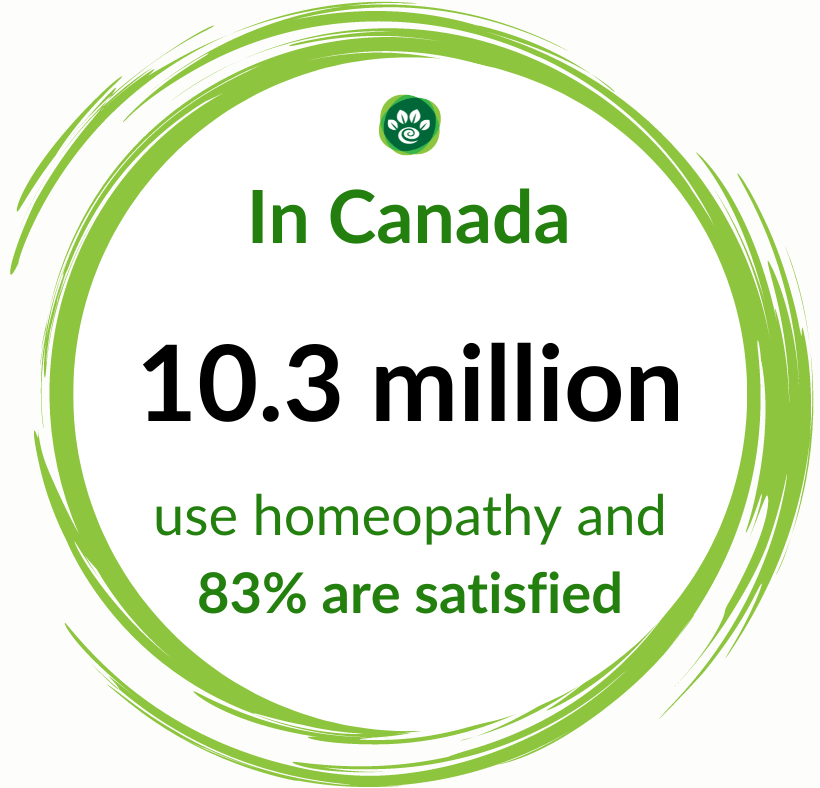
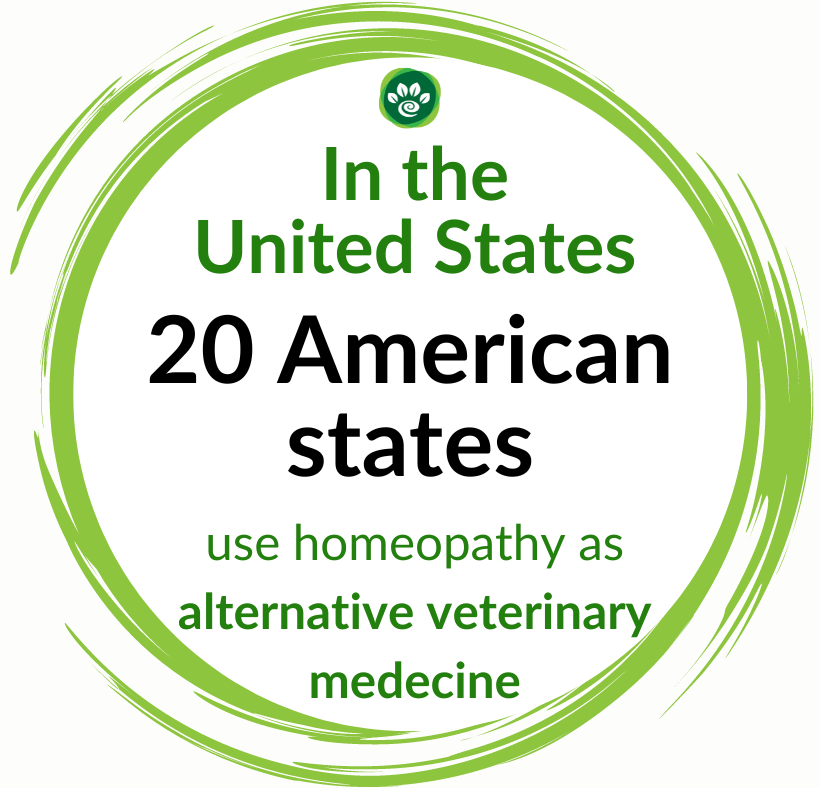












2 comments
Bonjour Mme Casanova, Merci de nous contacter avec vos questions. Nous allons vous faire parvenir sous peu un mail avec des questions sur la santé de Caline pour s’assurer de lui donner un traitement adapté à sa situation. À bientôt!
Homeoanimo
Ma chienne Caline environ 13 ans à eu un détartrage en 2021 à la suite elle a eu une gingivite chronique
elle a été plusieurs fois sous cortisone qui la calme , mais qui la soigne pas.
J’ai commander chez vous le flaçon GINGIVITE que je viens de commencer.
Que me conseillez vous ?
Merci d’avance pour votre réponse
.Bien cordialement
Mme Casanova
Casanova Claudine
Leave a comment
This site is protected by hCaptcha and the hCaptcha Privacy Policy and Terms of Service apply.